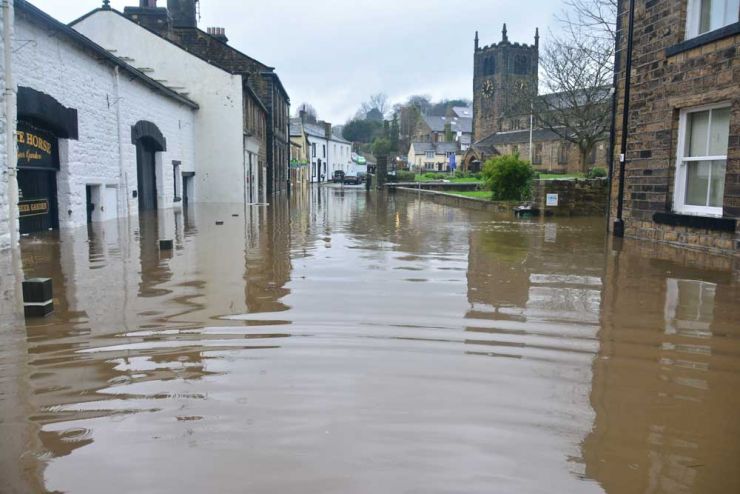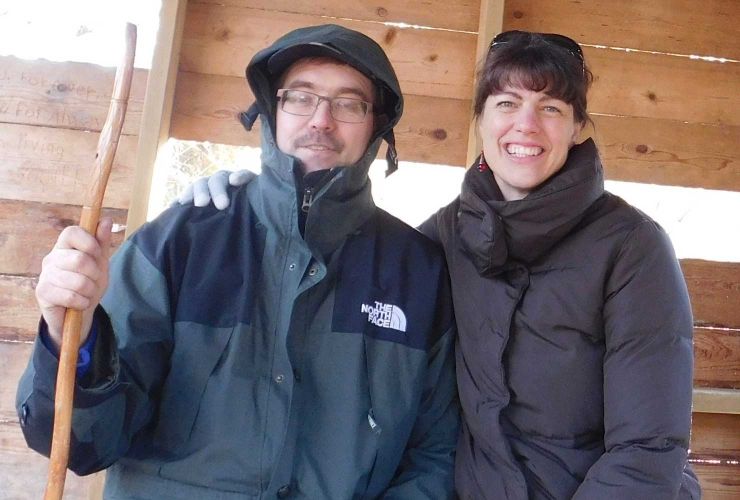

What if the wind outside of your home started moving at three hundred miles an hour? You would be experiencing a tornado. You had better have done something in advance to prepare or you may be swept out that window. Tornados, fires, floods, hurricanes, droughts, earthquakes, tsunamis and volcanos are all natural disasters which occur in our world and which displace people around the world. Many preppers are preparing for these natural disasters.
Many have thought, “Oh, but that sort of thing only happens to other people.” That's what the other people thought. Just because something hasn't happened to yourself or your family yet, or hasn't happened in your life-time yet, does not mean that it can't happen. Every year our news is filled with multiple instances of catastrophic natural disasters around the world. Most people in the disaster areas did not prepare. They had a rude awakening and that is because natural disasters strike quickly.
Many preppers are preparing for natural disasters. One good place to start preparing in is getting an emergency kit put together. Your emergency kit may include first-aid supplies, short-term food and water supplies and communication equipment. Have a pet carrier for your pet. Purchase extra insurance to cover your home and belongings. Pack a “go bag”. Your go bag may, again, include food and water but also duct tape, blankets and extra clothing. You may need an extra supply of prescription medicine. Most governments provide an “emergency preparedness” guide which you can read. The Canadian government supplies one on their web-site which you can download. For the long term, you may even invest in making your home stronger by implementing seismic design upgrades, flood proofing and wind design upgrades. Have a “bug in” and “bug out” plan.
Hopefully, they won't be needed but, if natural disaster comes knocking at your home, take the steps ahead of time so that you are ready for it.
God bless you.
Shawn Stevens
REFERENCES :
Skousen, Joel M. and Andrew Skousen. Strategic Relocation : North American Guide to Safe Places, 3rd Edition. Lindon: Printing Resource, 2010.

Photo by Chris Gallagher on Unsplash.
EARTHQUAKES AND HOW YOU CAN PREPARE
Earthquake Threat. An earthquake is the shaking of the Earth's surface resulting from a sudden release of energy in the Earth's lithosphere. This creates seismic waves. These seismic waves are recorded and measured and a Richter scale value is given to them. This tells us the magnitude of an earthquake. Estimates are that around 500,000 earthquakes happen yearly. Of these, people only feel about 100,000. We are told that earthquakes are becoming more frequent. Every once in a while a monster one comes along. In 2010, an 8.8 quake hit Chile. Some NASA scientists think that this monster quake may have actually shifted the axis of the earth about 3 inches.
- Securely fasten large appliances, especially gas appliances and water heaters.
- Check your shelves and make sure that the heaviest items are on the bottom and the lightest on the top and any bottles or glass should also go on the bottom.
- Locate spots throughout the house where you can plan to take refuge.
- Fix defective electrical wiring and gas leaks.
- Consider purchasing earthquake insurance.
- Secure overhead lighting.
- Know how to shut of the electrical and other utilities.
- If you are outside of your house, move away from buildings, utility wires and trees.
- If you are inside your house take cover under solid furniture.
- If you are in a high-rise get away from the windows.
- If you are in your car, pull over as safely as possible and park away from any possible falling structures or trees.
- If there is no electricity, use your flashlight.
- Try to gather together anyone else in the house and see that everyone is okay.
- If there are signs of electrical damage, sparking, etc, turn off the power at the electrical panel.
- If you hear a gas seeping sound, open a window and leave the building.
Shawn Stevens

Photo by Marcus Kauffman on Unsplash.
A storm is a weather event where precipitation in various forms falls, in great volume, on an area. It can take the form of rain, torrential rain, snow and hail. Happening at low temperatures, storms pose a safety threat to humans. The normal temperature for the human body is between 36.5–37.5 °C. Hypothermia can begin to set in when the body core temperature drops a mere 1 or two degrees from its norm.
- Keep an eye on weather forecasts.
- Make sure that you have extra clothing and blankets.
- Have enough heating equipment and fuel to run it.
- Keep your personal vehicle winterized.
- Install storm windows and/or storm shutters.
- Have a generator on hand.
- Do everything you can to stay indoors, or in as warm and dry a place as possible.
- Wear multiple layers of clothing.
- Check yourself for signs of frostbite.
- Wear a hat.
- Watch for signs of hypothermia.
- If you have no choice but to travel, use public transportation.
- Carry a cell phone.
- Pull over, off the road, and put your hazard lights on.
- Run the engine and heater for about fifteen minutes of each hour.
- Don't run down the vehicles battery.
- Huddle with other passengers.
- If you are stranded in a remote area leave some kind of large sign that rescue workers may find.
- When the storm is over you may have to walk for help.
What are the signs of hypothermia?
Early signs include shivering and confusion. This progresses to increased confusion, without shivering and in the later stages, victims may experience cardiac arrest. Strangely enough, when a person reaches the later stages of hypothermia they may even undress, thinking that they are too warm.
Frostbite first begins to show itself as numbness in the skin, followed by a blistering of the skin, followed by discolouration in the cheeks, ears, nose, fingers and toes.
Family Emergency Preparedness. Group Health Cooperative of Puget Sound. Washington Military Department Emergency Management Devision.
https://en.wikipedia.org/wiki/Frostbite#Signs_and_symptoms
https://en.wikipedia.org/wiki/Hypothermia
